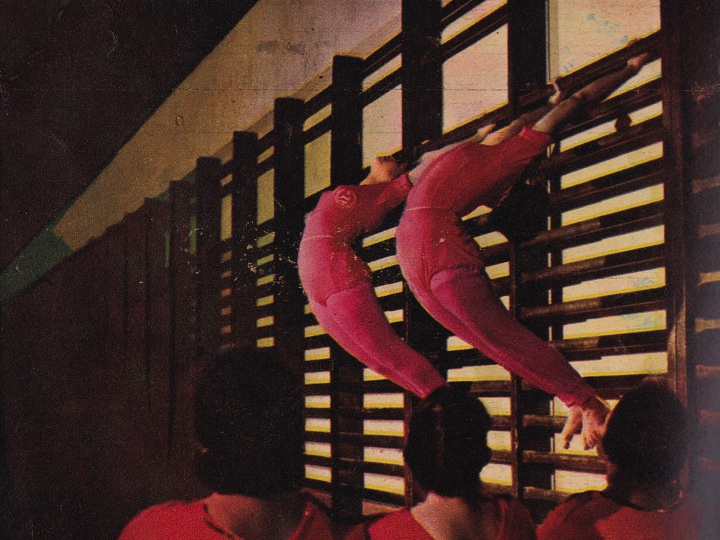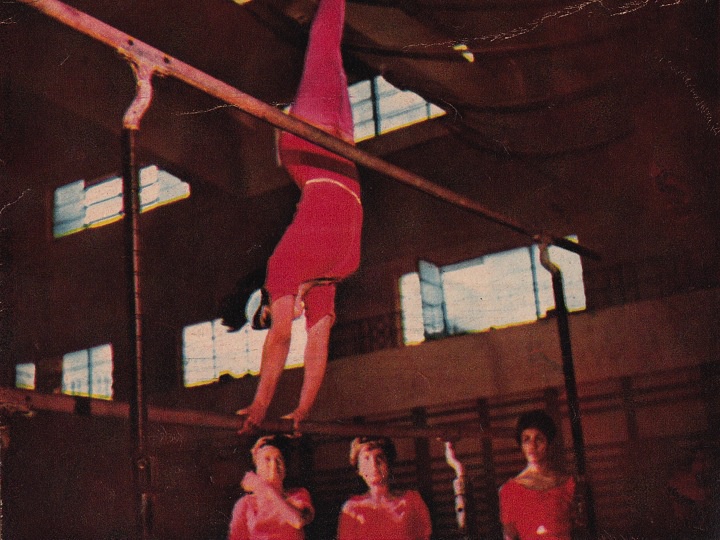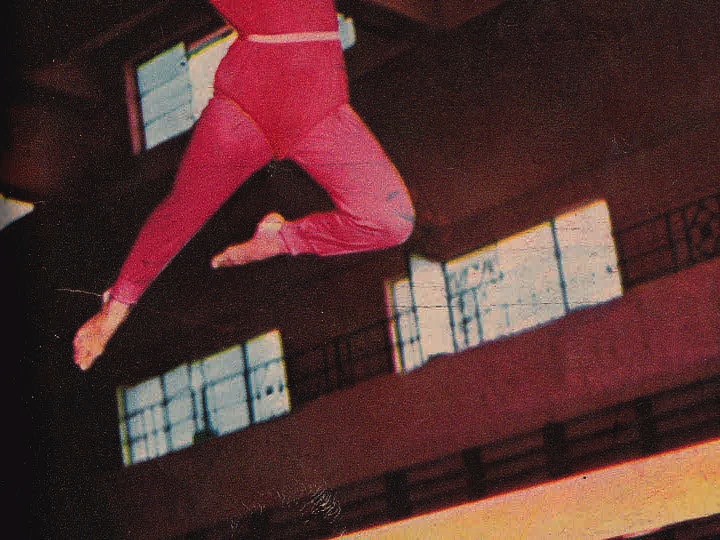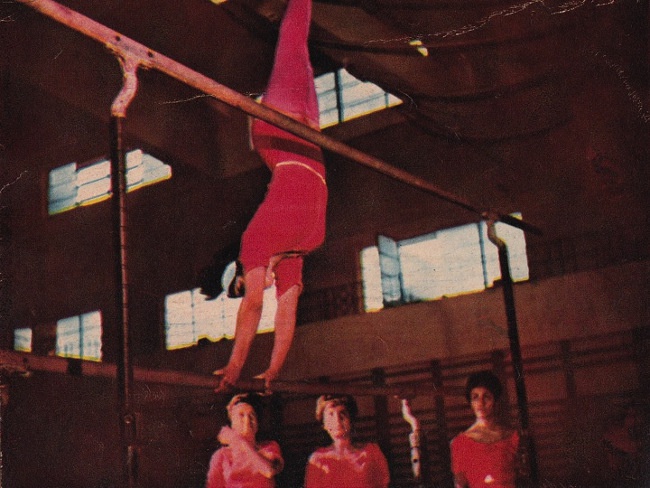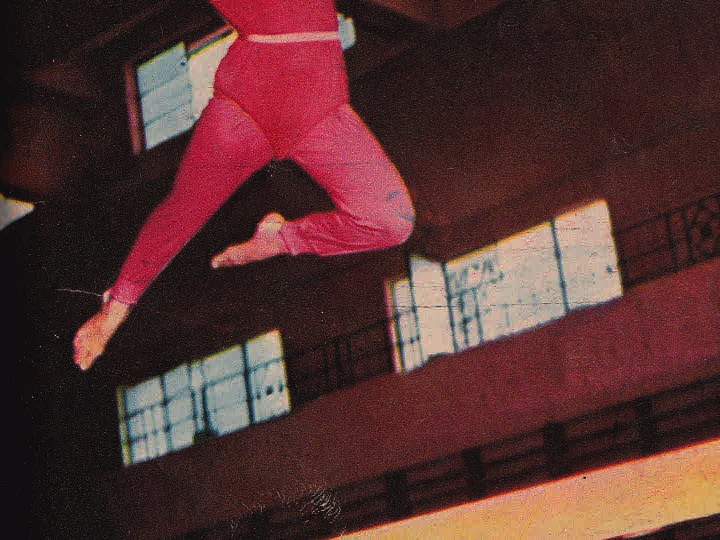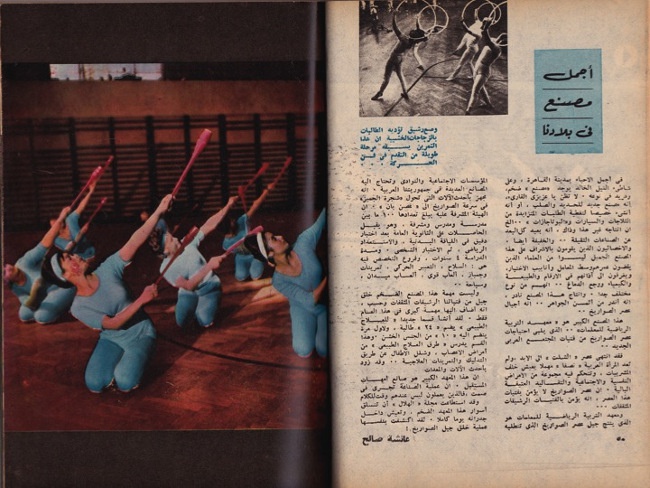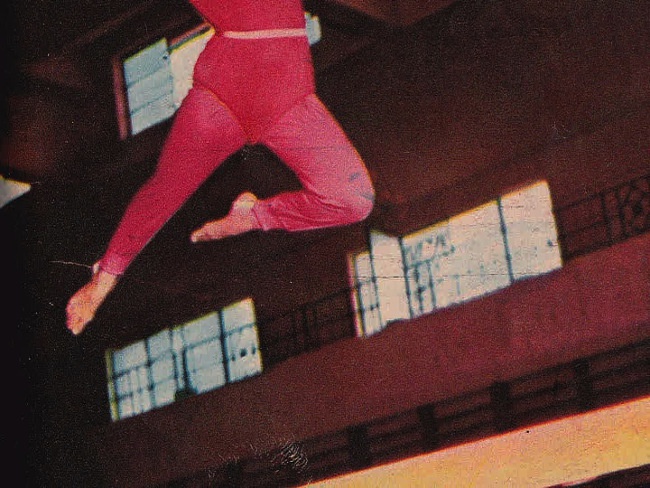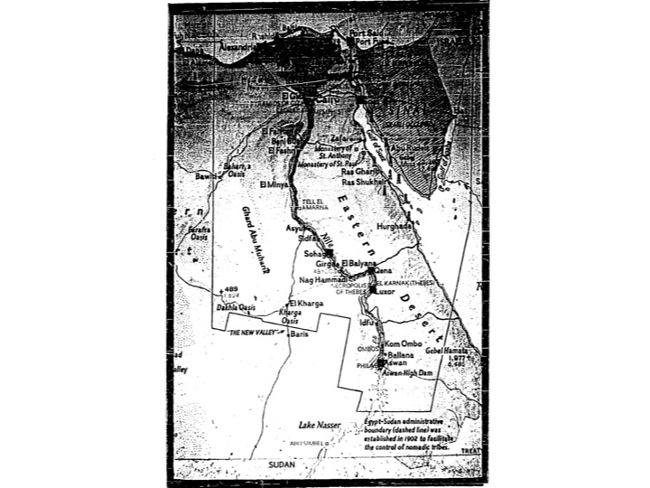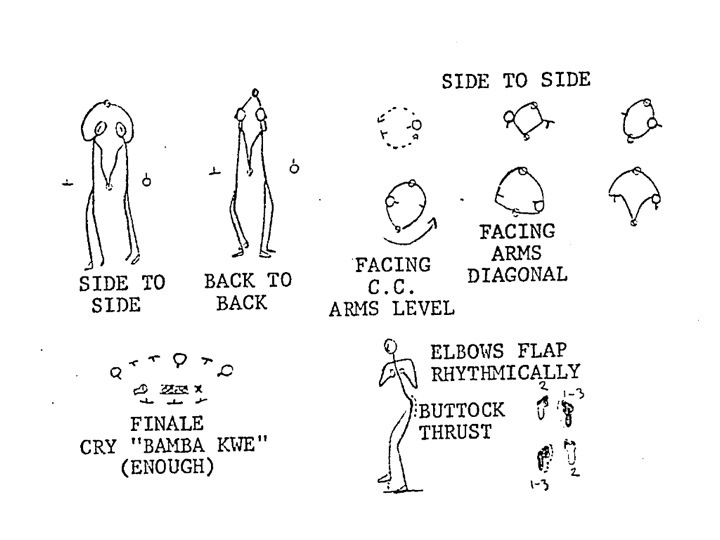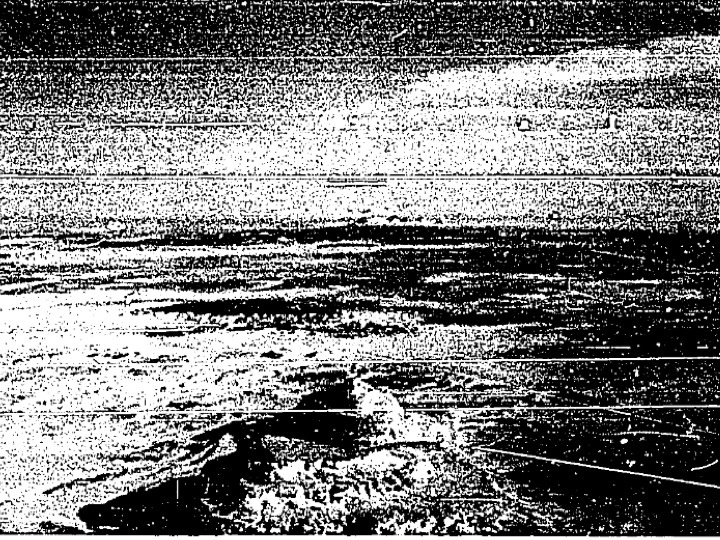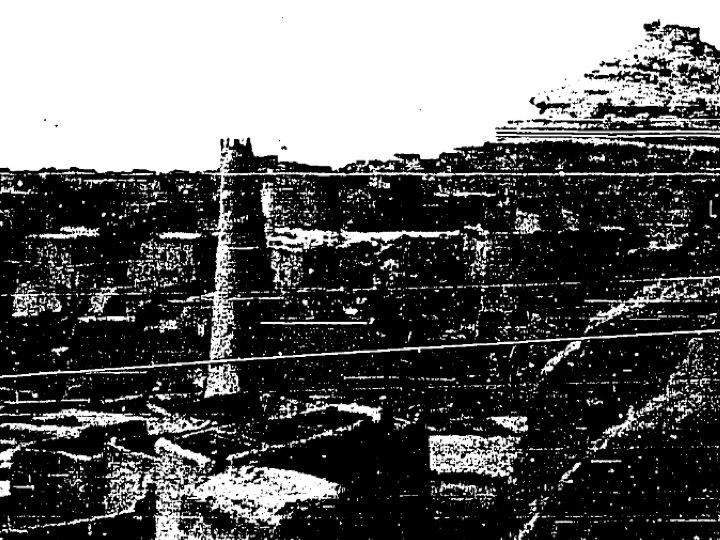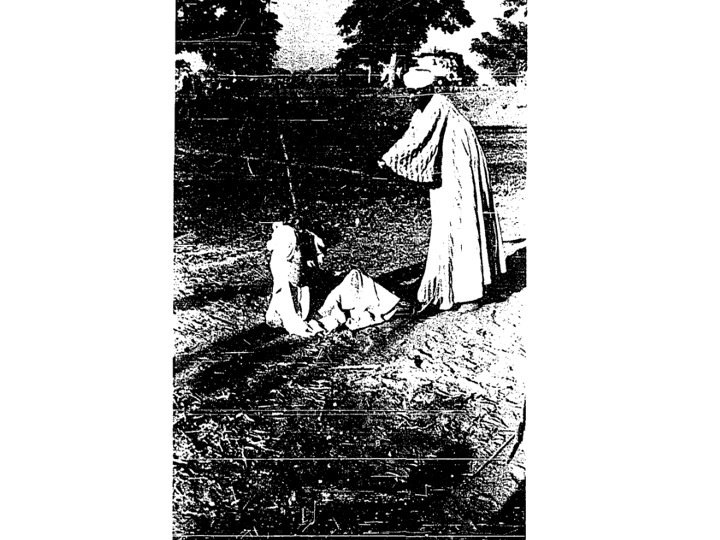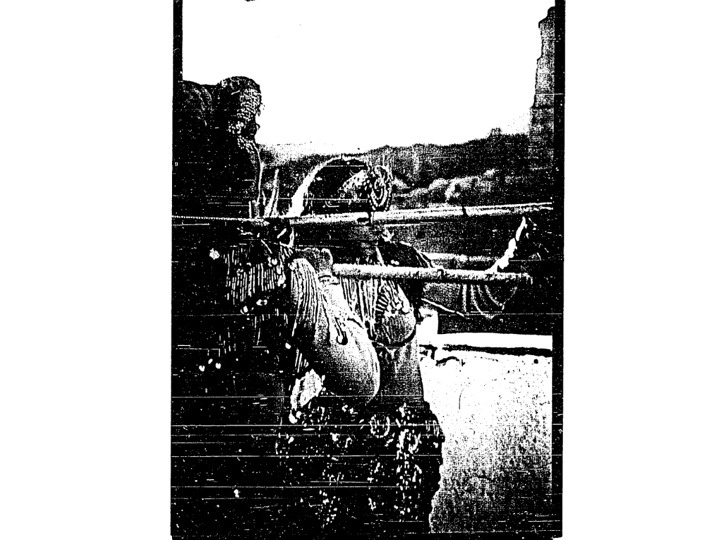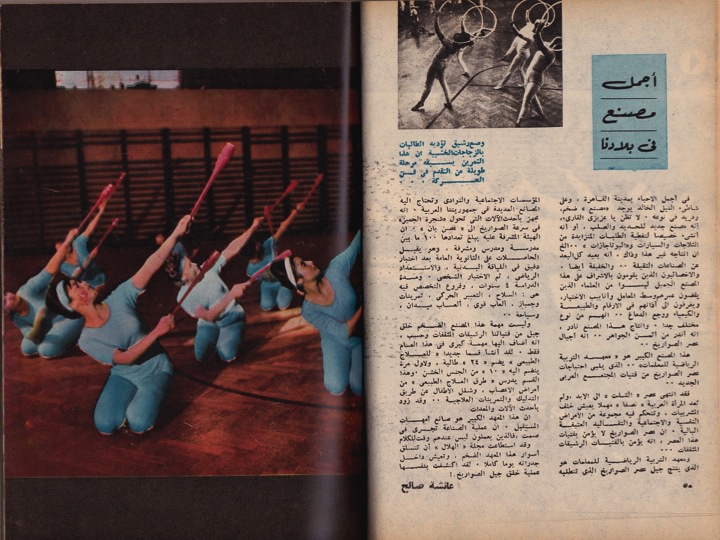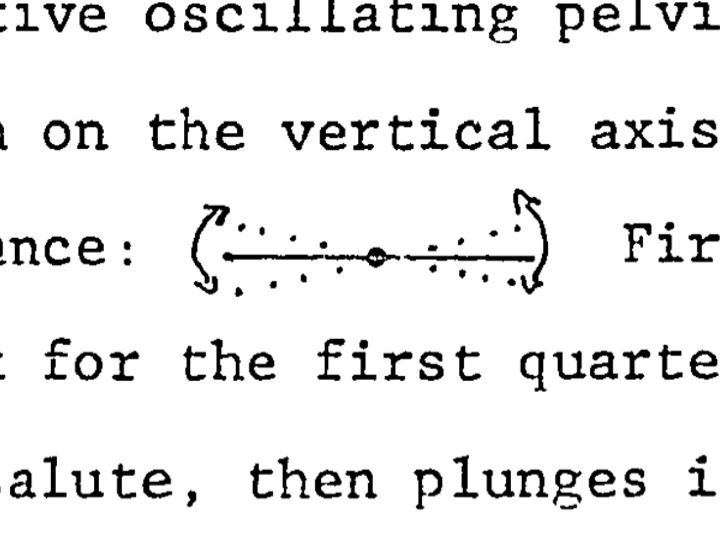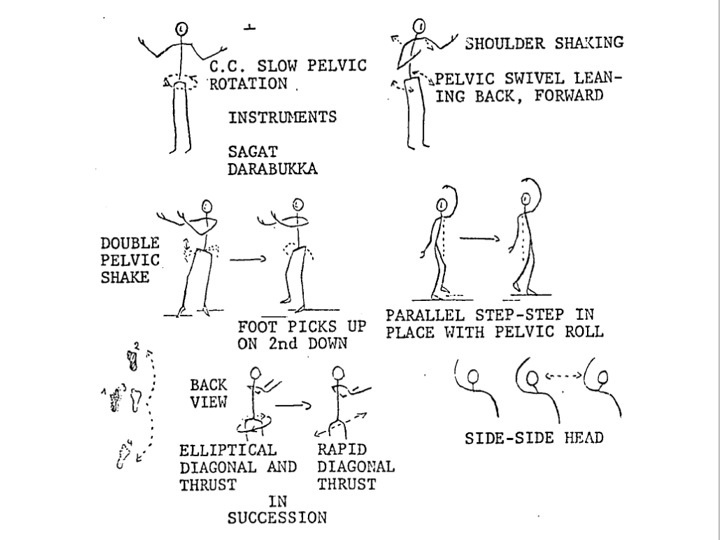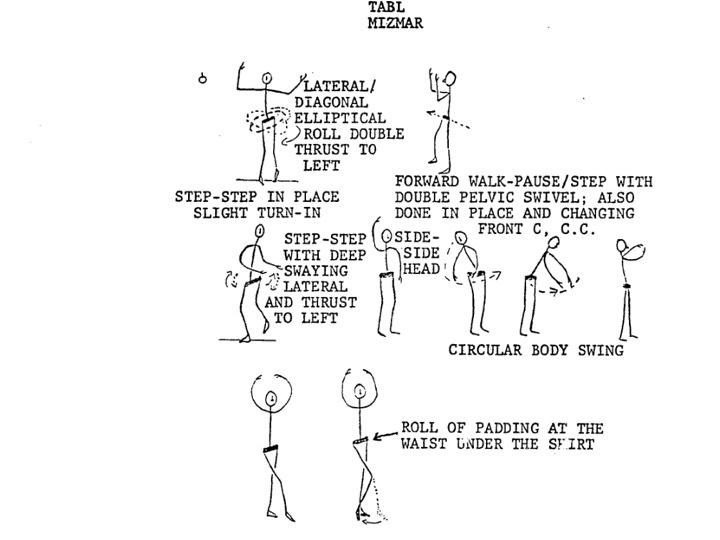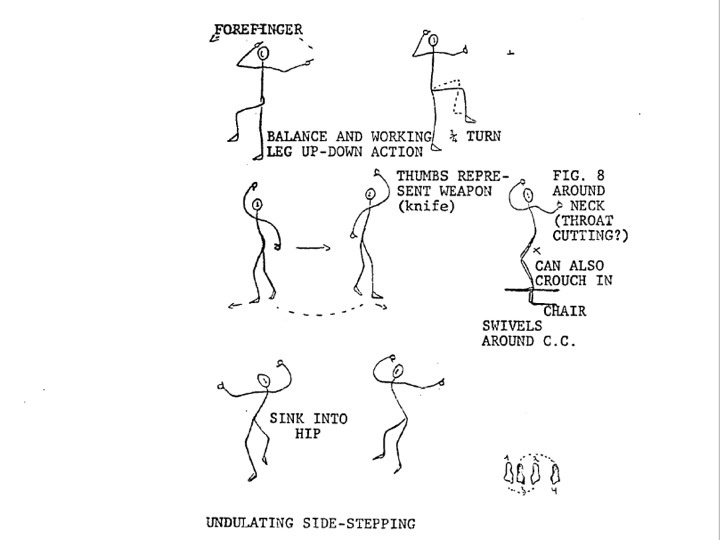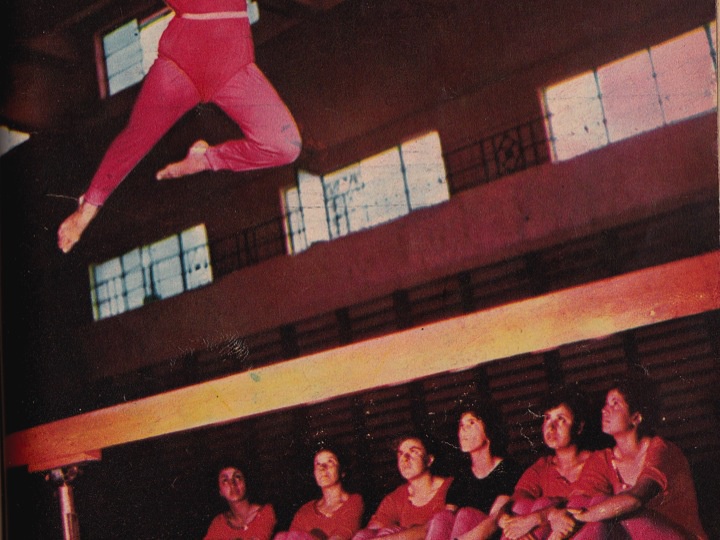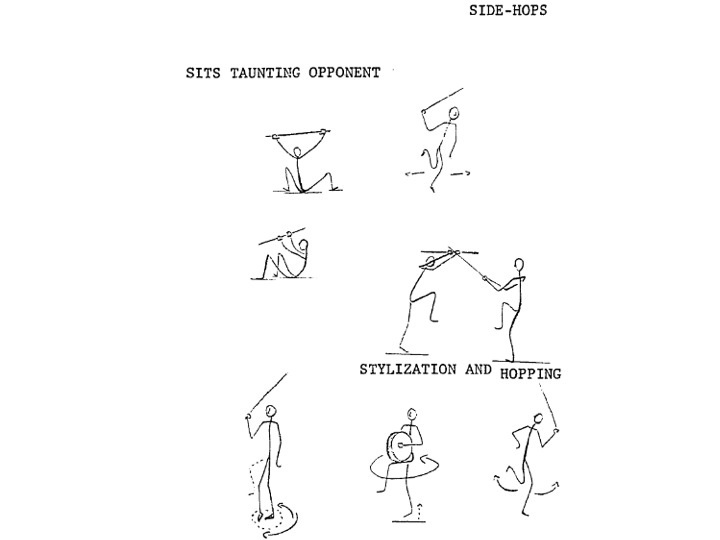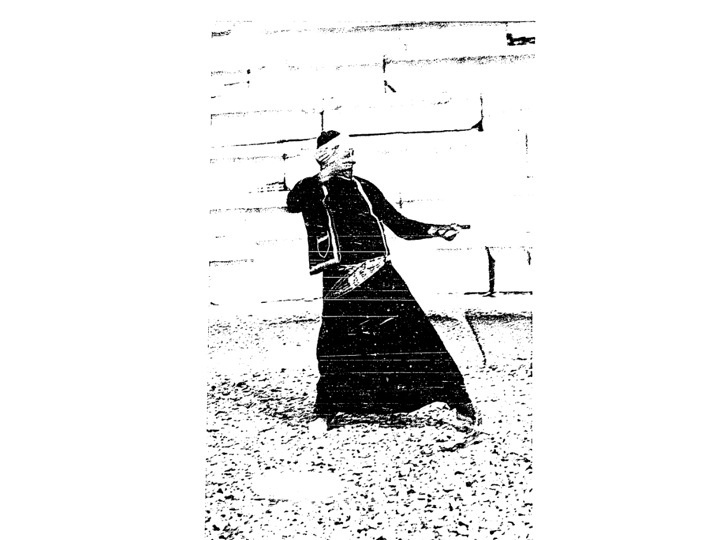Projects
Learning to Dance
An Online Performance
DANCE
I am not a dancer.
But for the next 40 minutes I will be looking at dance. Literally looking in order to study certain movements and poses. This is my strategy to learn to dance.
What you are about to listen to are five choreographic notes trying to think through five main movements that are central for my learning: flying, rotating the hip, stumbling, falling, and posing.
As an adolescent my main dance movement in dance clubs was based on jumping. Small jumps with one hand up doing small rotations. Not too stretched out but in a more lazy way, with the head following the hand. (she does the movement)
I might still be stuck in this way of dancing. So I will move on.
I started thinking about this process of learning dances and became more aware of my own ways of dancing when I saw these images of ballerinas taken inside a ballet school. Their seemingly strong and muscular bodies stretching out and expanding struck me. I was also curious about the different positions in which the photographer had decided to frame them, such as this woman doing a handstand.
Or this one flying.
Each takes a strong virtuoso pose. I looked at my body (she looks at herself), looked back at those photographs, and realized that I actually had a quasi-scientific gaze upon those trained dancers' bodies. I was not simply looking at a dancer's photographs, I was looking at a body with the purpose of dissecting its different parts – the shape of the muscles, the articulations and so on – to try to understand how much one should work the muscles and expand the body in order to be able to achieve those virtuoso poses, to understand the way it has built itself and trained in order to lift and do the handstand.
Or in order to fly.
In both cases they are defying gravity. I found myself looking at those photographs of dancers with admiration. And, of course, with admiration comes a certain objectification. I looked back at my body and realized how untrained it was.
'The most beautiful industry in our country' is the title of an article that talks about a dance school.
If you pass next to an industrial building, don't think this is a new metal or car factory! No! It is a big hangar but nothing of what you expect. It is a place where bodies get trained to dance in a certain manner and join the national troupe.
Bodies in masses that have learnt to ballet so as to become ballerinas – or not.
The previous images I have shown you so far accompanied an article that talks about an industrial building where the new fit bodies of women were being produced. The magazine where I found the photographs dates from 1958 and was printed in Cairo. At that time, publishing was already nationalized and the articles that circulated were clearly promoting a certain state project. The dance school was obviously part of it, as were the bodies dancing ballet. The new body had to learn ballet.
These modern bodies of dancers would become representatives of their country and its specific borders. A specific gesture or dance movement became representative of a country mapped by human hands. Colonial hands.
DANCE
I looked at myself again, then looked back at the images and wondered if my body would be able to do that kind of jump even if it was un-trained.
(pause)
And to answer my question I found this explanation:
How to fly? In order to fly successfully one needs to ground the feet, lean the knees and find their verticality through a strong straight spine. Consider the spine as the centre of the body, push towards the floor, and jump while stretching upwards, as if two opposite forces are pulling in both directions upwards and downwards, bringing the foot into the thigh and the second leg wide open.
(pause)
The body of the ballerina is now flying. It learned to fly. After certain conditioning it did the jump in the air and flew.
Her body flies over for a second, she thinks she will stay up in the air but she has to land again quickly. The ballerina will defy gravity. She is the centre of the modernist project in the way she defies the very idea of centre and gravity.
(pause)
While trying to look for dancers that were part of the ballet school, I got in touch with Magda Saleh, an ex-ballerina at the opera house in Cairo. She joined the school in 1958. In 1966, she danced in The Fountain of Bakhshisarai directed by Lavrovsky and was awarded the Order of Merit, a medal for her role and dance, by Nasser himself. She was the first dancer to be recognized by the state as a national achiever. (pause)
This is when I discovered Magda Saleh's thesis on ethnic dances in Egypt, titled 'A Documentation of Ethnic Dances in Egypt'. The following paragraph is taken from her thesis.
The land of Nubia, extended from Aswan in Egypt to Dongola in the Sudan, has disappeared, submerged under Lake Nasser, the largest man-made lake in the world, formed by the building of the Aswan High Dam. This immense structure, which took a decade to complete, is "….modern Egypt's ambitious effort to harness the Nile for agriculture and industrial purposes…" The price Egypt paid for the anticipated development of her resources was the total submersion of the Nubian lands. Nubia, renowned throughout the world as an ancient land rich in archaeological sites, became the focus of widespread concern and plans were made for the rescue of its celebrated monuments. While archaeologists and engineers worked against time at this task of preservation, and artists and photographers recorded for posterity the beauties of this disappearing land, many people visited the site for a glimpse of Old Nubia….
Magda started writing her thesis in 1977 when she travelled along the Nile to observe and record so-called ethnic dances that she thought were disappearing. She stopped at different towns along the way, in Nubia, Siwa, Marsa Matruh and others. She annotated the dances using the labanotation system, a dance notation system.
She considered each place through its geography, describing the way tectonic plates have moved throughout the years, shifting eastern Africa apart and forming the current geography of the Nile, and describing how man-made lakes have submerged ancient monuments and displaced towns and whole communities.
In this landscape she followed the currents of the water moving south. She was mainly concerned with transmitting this embodied knowledge, and was afraid that these kinds of dances would be submerged in a way, just like Old Nubia, by the modern dance institution to which she belonged. The dancers who embodied this knowledge were getting older and knowledge dies when the body of the dancer dies and becomes a stagnant entity. Slowly, muscles start to disintegrate, perish and bones stop their articulations.
Here is a short dance description from Magda's thesis:
I hear from a physician… that a dancing girl can lie on her back, and with a full glass of water standing on one side of her abdomen and an empty glass in the other, can by the contraction of the muscles on the side supporting the full glass, project the water from it, so as to fill the empty glass.
It seems that Magda was still impressed and attracted by the virtuosity of dancers and was still looking for it in the dances, even though this was exactly the reason why she left the ballet school.
(dance)
Her ethnographic work can be read as a reaction to the rupture that the ballet school had imposed by promoting ballet, over folkloric dances, as the dance that will modernize bodies.
But by bringing the dances into her modern methods of annotating, recording, archiving, preserving and building the heritage, perhaps she thought she was saving them from being forgotten or submerged under the metaphorical waters – under the modern dance institution – but also from the colonial gaze that would categorize them as primitive dances. It's as if Magda was fighting two battles.
At the beginning of the thesis Magda states:
Early evolutionists contended that because dancing was regarded as a primitive response, it had greater meaning for primitive peoples and would be abandoned with the coming of civilization. That theory having been discredited, it has been firmly asserted: 'there is no such thing as "primitive dance". The term is meaningless'…
Magda based her argument on this specific phrase: 'There is no such thing as primitive dance'. She wanted to liberate the dances from the colonial eye and she therefore differentiated her gaze from that of the colonial ethnographer by stating her 'locality'.
'Local' in her understanding meant belonging to the same nationstate and disregarded any class, ethnic, gender, and other kinds of political separations.
I looked for 'the hip rotation' amongst Magda's annotations and found several explanations of it. This was a central movement in her studies. I looked closely at the horizontal pelvic movement.
It is a movement I have been training to do. I have been trying to do the figure of eight with the hips but I can never do it. It's not only because I am not a professional dancer, but also because my body has a certain resistance to it. I cannot follow the technique. With my kind of body, it would look more like a robot making small disrupted moves rather than fluid ones.
But for this I have also found a quite precise explanation.
(she does a non-fluid rotation)
How to rotate the hips? In order to do the hip rotation, one needs to consider the pelvis as the centre of the body, and delineate it from its periphery (legs and torso), creating some kind of disjunction between the pelvis and the torso and disconnecting them from each other so that each part would be working alone, independently from the other. The body stops being a whole and becomes a body of different parts that follows the movement of the pelvis. Unlike the flying movement where the spine is the centre and the body works as a whole.
Perhaps Magda was concerned with transmitting the pelvic movement and the hip rotation with all its different variables. It was a way for her to counter her own training as a ballerina, with the spine at the centre, and to re-centre the body at the pelvis.
She also entered a new sphere of representation through the labanotation system – her genderless annotations might have been a way to liberate the female dancer, herself included.
But those annotations also helped her to produce a new fiction of heritage and a new fiction of the nation – a fiction that brought her back to Earth and countered the fiction of flying upon which her body was trained.
The geography of the Nile allowed for a new space to open up and a new dance to happen – a dance between the ethnographer and the dancer, between the dancer and the dancer, between the dancer and the photographer, between the traveller and the landscape. Perhaps a combative dance.
DANCE
(Ghida enters and does the steps of the combat)
The object of the combat game is for a player or combatant to seek an opening (in Arabic bab meaning 'door') in the defence of the opponent or antagonist, by means of which a blow may be inflicted, while the player maintains an impenetrable defence. This is achieved through the circular swinging manipulation of the stick about the body, protecting targets such as the head, neck, torso, back and knees, while the two opponents circle warily around each other performing feints, thrusts, parries involving jumps and sudden changes of level and directions, and occasionally deliver a resounding blow on each other's sticks. If in the ring two real enemies happen to meet the game may turn into feud as the two antagonists and their respective supporters engage in a violent melee. In fact, for a viewer to imagine the deadly combat all that is required is to visualize the stylized slow motion game speeded up.
(Marwa moves closer to the audience.) (Ghida keeps doing the speeded up steps.)
There is always some kind of ethnographic work when one is looking at a dance performance or simply an anatomical observation. The difference between a dance performance and the ethnographic work is that the body is taken out of context and put onto the stage. The ethnographer is a type of audience, but the audience looking at a dance performance is not necessarily a group of ethnographers. Or perhaps the audience is simply looking at the dissection of the body and its skeletal articulation.
(Marwa turns her back to the audience and looks diagonally towards Ghida.)
It is one thing to adopt the ethnographer's gaze, as Magda did; another to be an audience; and another to look at a body with the purpose of dissecting its anatomy. In fact, this is the difference between the viewer, the observer, the audience, the witness, and the ethnographer. Or perhaps the ethnographer is all of those things at once.
(Ghida Stops dancing.)
(Marwa looks in the direction of the mirror.)
I am looking at myself in the mirror while dancing. The other dancers are also looking at themselves in the mirror while dancing. I see a dancer moving their hips in circles. Magda is looking at herself flying. A specialist is looking at a dead body, or a convicted body, or operating on an open body, or dissecting a body. The bones are cracking while we watch ourselves trying to do the rotation. How do the bones move while we perform this rotation?
(Marwa moves to the back.) (Ghida starts doing the fall.)
DANCE
How does one learn to dance?
By observing, following, imitating, and understanding the muscular and earthly forces that are pushing you vertically and horizontally – gravity, weight, movement, grounds, slides, hills, earthquakes, mud, bones, articulations, currents, liquids, water. Learning to dance means learning that the Earth and the human body are an inseparable entity in their movement and then the mere dichotomy between flying and landing becomes useless. Earth and sky, verticality and horizontality, blood and bones, muscles and liquids.
In every flight there is a fall, in every fall there is a tapping of the ground, in every tapping of the ground there is flying again.
Perhaps I should follow Magda along the Nile and go on the trip that brought her back to Earth. By doing so I would neither be looking for a place outside of modernity nor healing Magda's rupture. Her thesis belongs to the modern institutions that allowed it. I am rather looking for a certain geological movement that allowed Magda to follow the water and leap back to Earth in order to condense her movement and extend it horizontally. In order to extend horizontally one needs to keep a strong vertical push towards the floor – to feel the weight in the feet and feel the heaviness. I can barely move those feet.
If I follow those tectonic plates that pushed her on her trip; if I imagine this force that is produced by the movement of those tectonic plates; if I imagine those tectonic plates are moving quickly, or imagine an earthquake – then I can know that this is what made Magda move. Instead of defying the force of gravity, I will let them make me move.
But I will not expect so much from the ground and I will not mystify it as Magda did.
(I stand behind Ghida.)
How to stumble and fall? I followed the dancer. It was hard to follow her intentional hesitation. Right left. I thought she was going right when she turns and goes in the opposite direction, unexpectedly turns back again and goes right. It was a game of switching directions. She stumbles as if she will fall, but she doesn't, in fact she will. She stumbles, she holds herself and doesn't fall, and suddenly she does, we see her on the floor. In this twist I followed her back and forth, back and forth, until I learnt the move. I repeated it so many times, I learnt it well and always got stuck on the stumbling. The fall needs a lot of muscles. To let oneself powerfully fall one needs a lot of muscles and strength. Without hesitation I followed her. I stumbled; I was not powerful enough to fall. I skipped the fall.
Falling is not collapsing in the same sense that the collapse in the image of the dancer flying is. The nation state, as seen in the image of the ballerina flying, is a strong, muscular defiance of the Earth with the human body at its centre, reaching for more and never stumbling, never falling – at least not inside the frame.
But this was 1958 and Magda received her medal in 1966. The story shifts after 1967. It was ten years later, in 1977, that Magda attempted to leave this image by going on her trip. She looked for another fiction of the nation and another representation of the state. The defeated state needed a new dancer and it is not falling – it is collapsing.
Between flying, stumbling, falling and collapsing, maybe I will try to do the hip rotation one more time. And then let's strike a pose.
(Pierre enters and follows Ghida's steps, or the 3rd dancer enters.)
(Ghida continues the fall with variations on posing.)
Two sisters were trained as ballerinas and joined the dance company, combining folkloric dances and ballet. They were known as the twins. One of them wrote this next to a photo that she posts on Facebook:
'The war was in full swing but for the time of a lull we would take a break on the balcony of my room' seen by the photographer Houda.
The ballerina posed on her balcony when the fighting paused.
The ballerina with a funny pointe technique comes out and poses. She doesn't dance. She poses. She poses the moment the fighting stops. She simulates the act of being a dancer for a moment on the balcony. She is a dancer even if she is not dancing at the moment, and even though she had to stop dancing for a while. As soon as the fighting stops she steps out on her balcony and becomes a dancer again, at least, for the time it takes to take a picture.
The purpose of this process of learning to dance is neither to decolonize the ballerinas from their ballet training, nor to liberate the ethnic dances from Magda's gaze, nor to liberate myself from jumping. It is not solely a critique of the modern project's impact on bodies and how they were trained and framed, but rather a way to look at a history of movements through the five choreographic notes – a way to look at my untrained body.
If the modern project has given birth to democracy and totalitarianism all at once then perhaps the dancer's body was trapped in between those two projects. But don't worry; we are not here to save it. Perhaps the dancer will decide to break away when she rebels. But in any case, we are not here to save her.
If Magda abandoned verticality and took a leap back to the ground, following the waters in search of horizontality, moving in circles with the pelvis at the centre of the disjointed body, and if mystifying the ground and its tectonic plates and this did not allow for the dance to happen then maybe I should look for the next movement? It will not be posing. I looked at my body again and looked back at the dancers and thought maybe I should continue jumping with optimism, while rotating the hip and twirling. Perhaps I should pursue that naive adolescent's jump.

